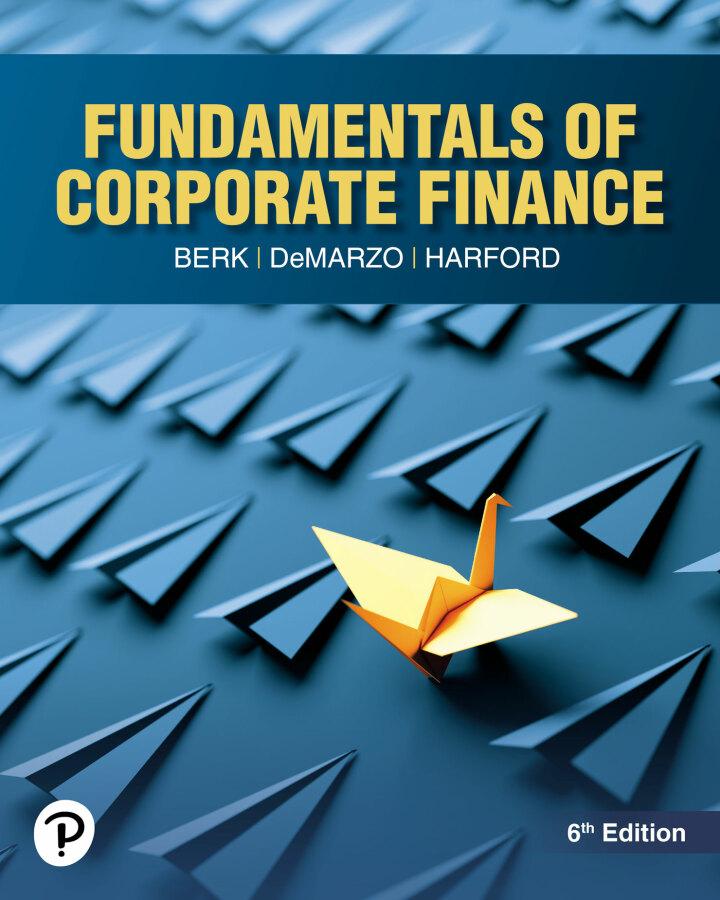Maria Suarez returned to her office after spending the afternoon meeting with her firms investment bankers. Suarez
Question:
Maria Suarez returned to her office after spending the afternoon meeting with her firm’s investment bankers. Suarez was CFO of Midco Industries, a mid-sized manufacturing firm, and she was taking a hard look at its capital structure and payout policy. Suarez felt that Midco was underlevered and potentially not taking full advantage of the tax benefits of debt. Further complicating matters, Midco’s institutional investors had been clamoring for either a repurchase or a special dividend.
One possibility floated by her investment bankers was a “leveraged recap,” in which Midco would issue debt and use the proceeds to repurchase shares. Midco Industries has 20 million shares outstanding with a market price of \($15\) per share and no debt. The firm has had consistently stable earnings and pays a 25% tax rate. Midco’s investment bankers proposed that the firm borrow \($100\) million on a permanent basis through a leveraged recap in which it would use the borrowed funds to repurchase outstanding shares.
As Suarez sat down at her desk, she stared at her notepad. She had written down several questions that she would need to answer before making her decision 1.What are the tax consequences of the recap?
2.Based only on the tax effects and the Valuation Principle, what will be the total value of the firm after the recap?
a. How much of the new value will be equity?
b. How much will be debt?
3.At what price should Midco be able to repurchase its shares?
4.Who benefits from the recap? Who loses?
5.What other costs or benefits of the additional leverage should Midco’s managers consider?
6.If Midco’s managers decide to issue the debt and distribute the tax shield as a special dividend instead of repurchasing shares, what will the dividend per share be?
Step by Step Answer:

Fundamentals Of Corporate Finance
ISBN: 9780137852581
6th Edition
Authors: Jonathan Berk, Peter DeMarzo, Jarrad Harford





